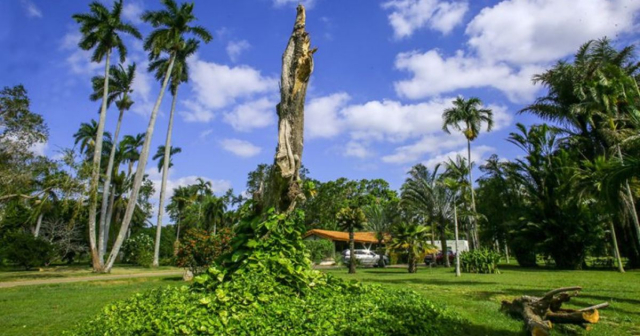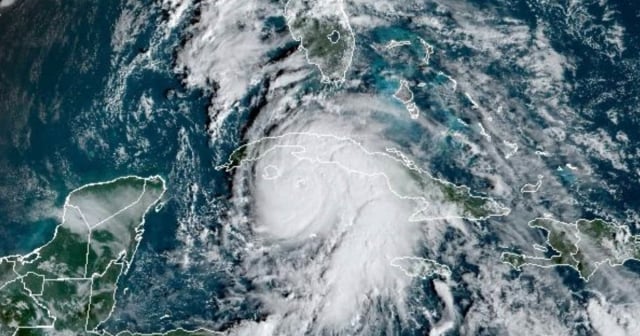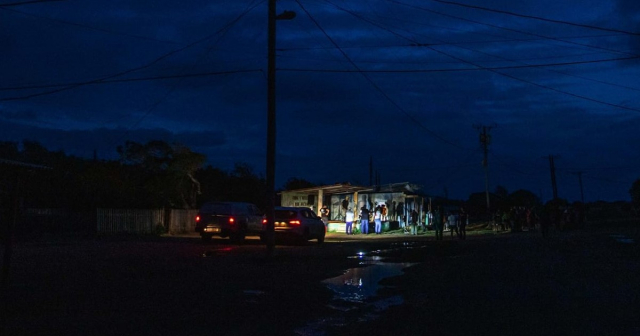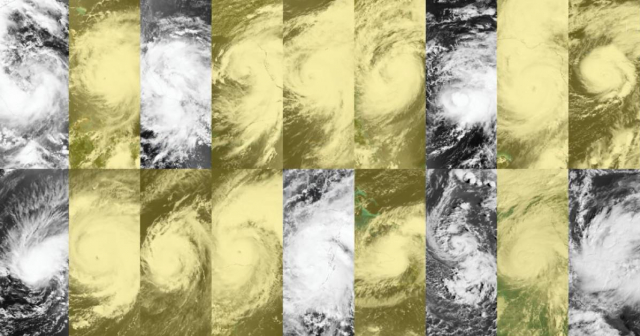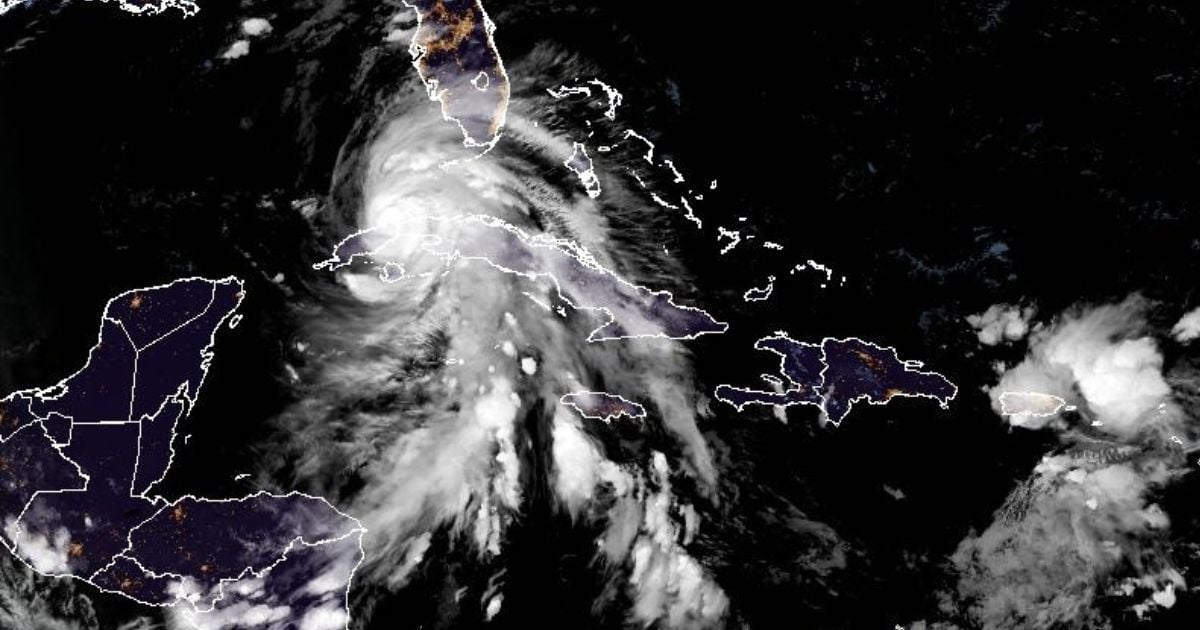
Hurricane Rafael, which made landfall at Playa Majana in southern Artemisa as a category 3, is now exhibiting sustained winds of 175 km/h, placing it at category 2. It is expected to move back out to sea between Pinar del Río and Artemisa.
Cuban meteorologist Raydel Ruisánchez announced on Facebook that Hurricane Rafael will continue moving over the province of Artemisa in a northwest direction at a speed of 22 km/h, and is expected to exit into the sea between Bahía Honda (Artemisa) and La Mulata (Pinar del Río) between 7:00 p.m. and 8:00 p.m. this Wednesday.
"Their effects, although diminishing, will continue throughout the night and into the early morning," the expert noted.
Additionally, it was reported that the weather station in Mariel recorded sustained winds of 130 km/h and a maximum gust of 174 km/h up to that point.
In a later post, Ruisánchez explained that "part of the center of Rafael is moving out over the northern coast of Artemisa, near Bahía Honda. Strong winds will continue in the province during the night and early morning, although to a lesser extent," he noted.
In Havana, Hurricane Rafael caused hurricane-force winds that were felt in various parts of the Cuban capital, according to multiple reports on social media.
This situation was previously warned about by the renowned Cuban meteorologist José Rubiera, who, during the midday broadcast of the national news, highlighted the main dangers of the hurricane.
"There will be heavy, intense rains, and the hurricane is moving northwest towards Pinar del Río," said Dr. Rubiera.
It also warned of the occurrence of hurricane-force winds, high waves, coastal flooding, and rising sea levels—known as storm surge—which will lead to storm tides.
Rubiera recalled that a hurricane "is not a point, but a large area," which is why, as he explained, the rains from the weather phenomenon "can reach as far as central Cuba and beyond with the spiral bands," and the storm surges also cover a wide area.
Filed under:



